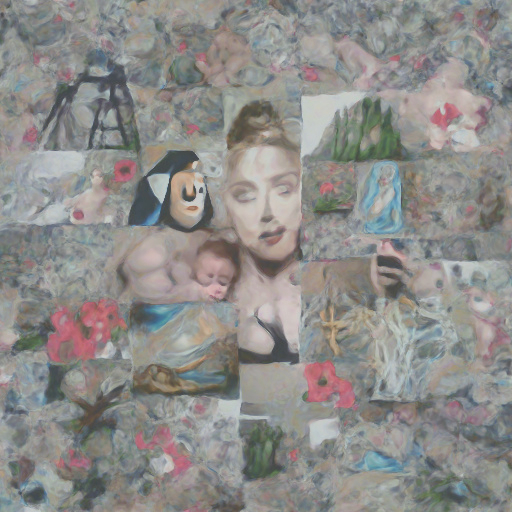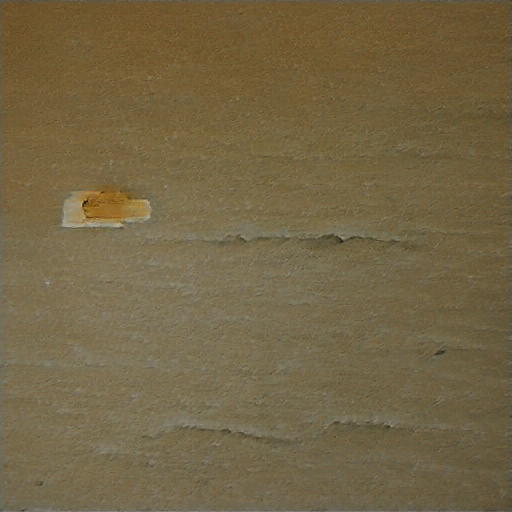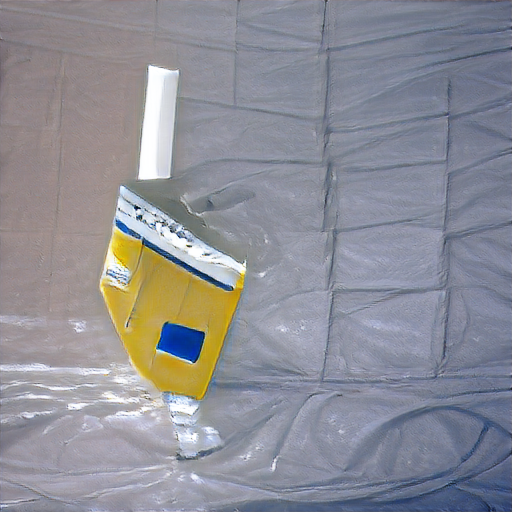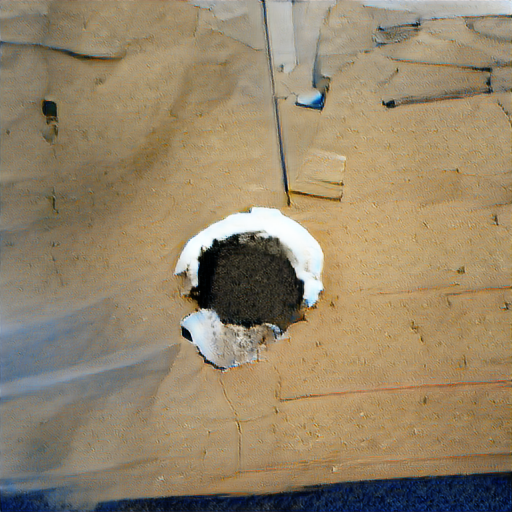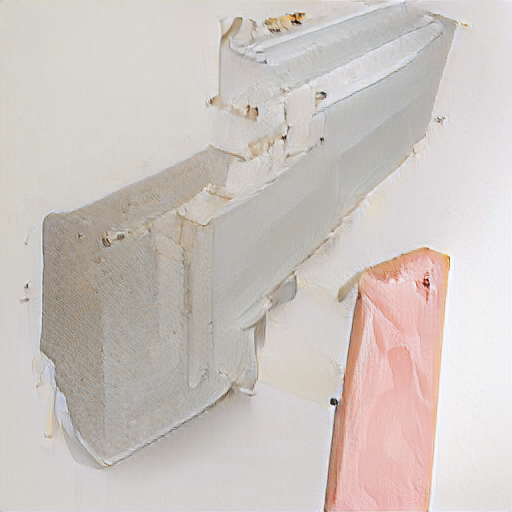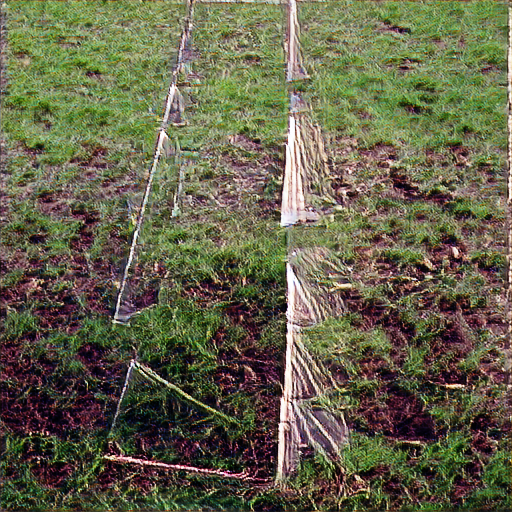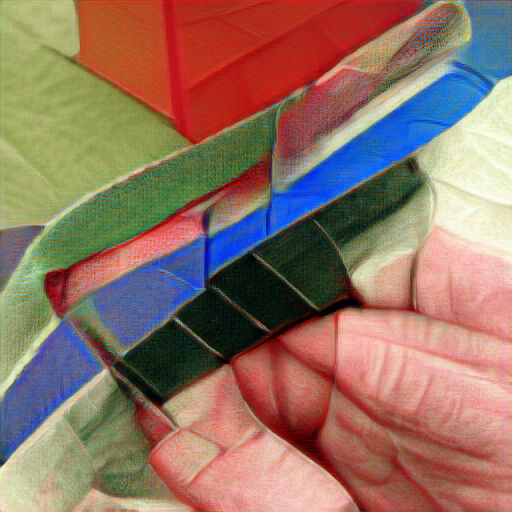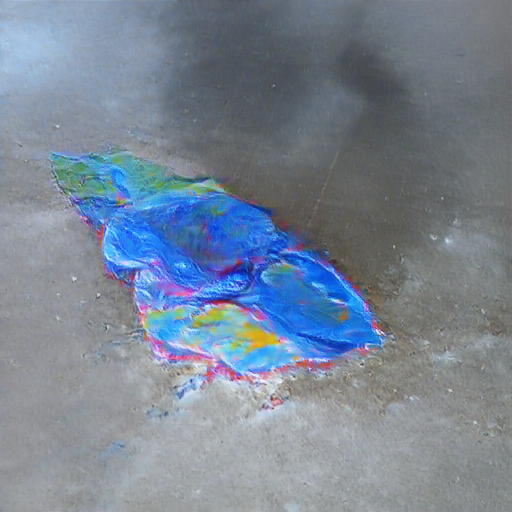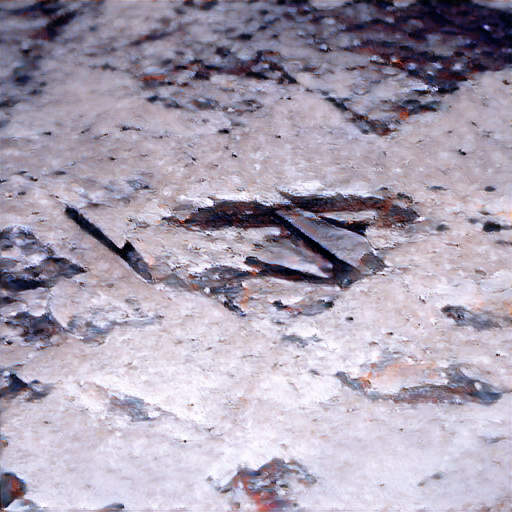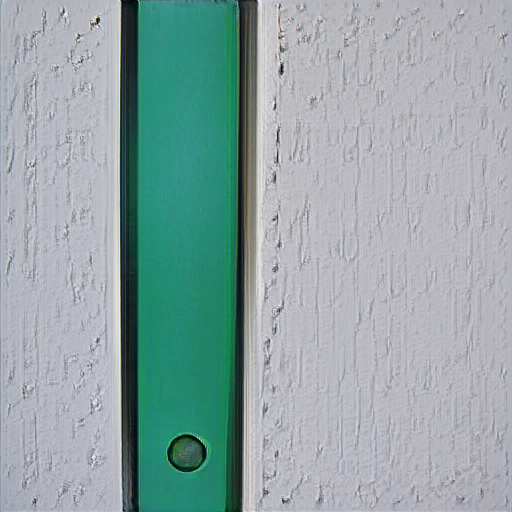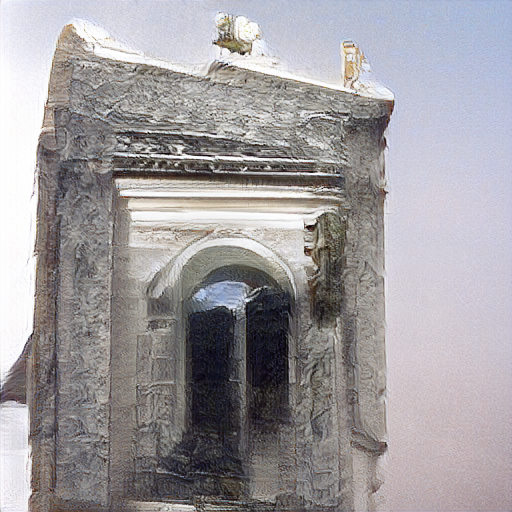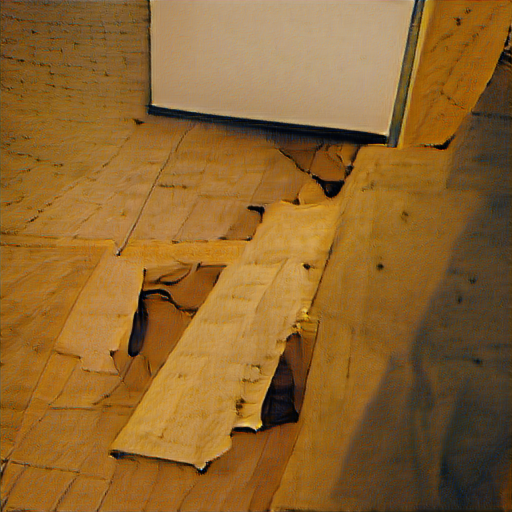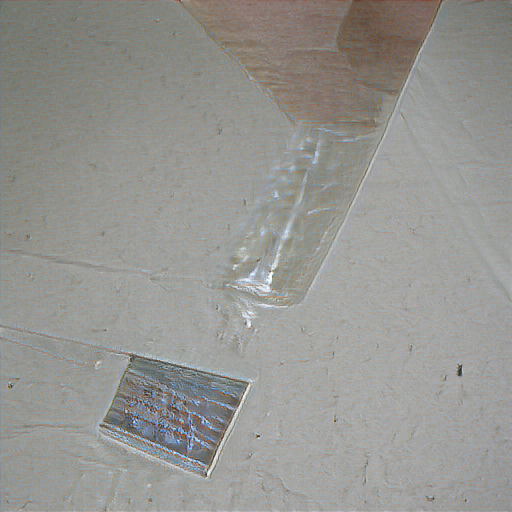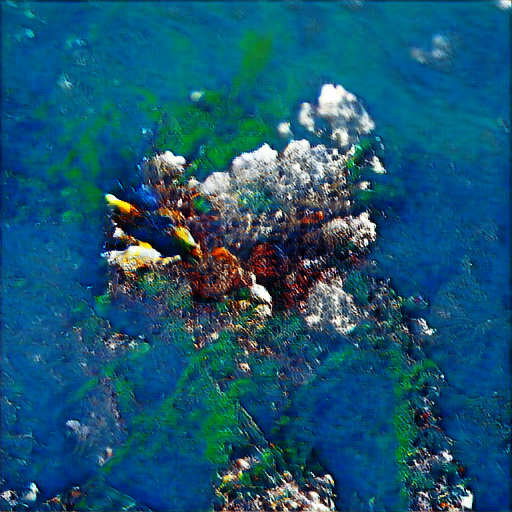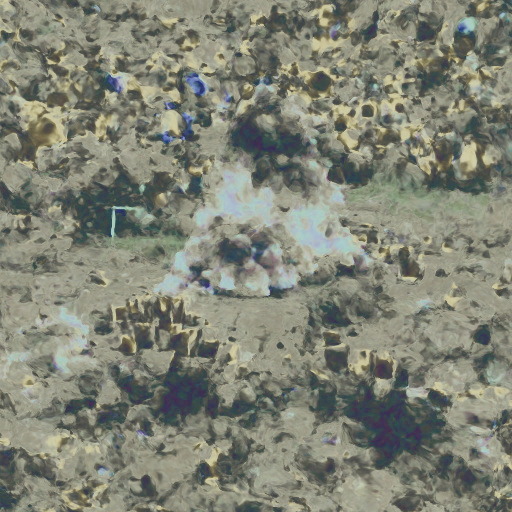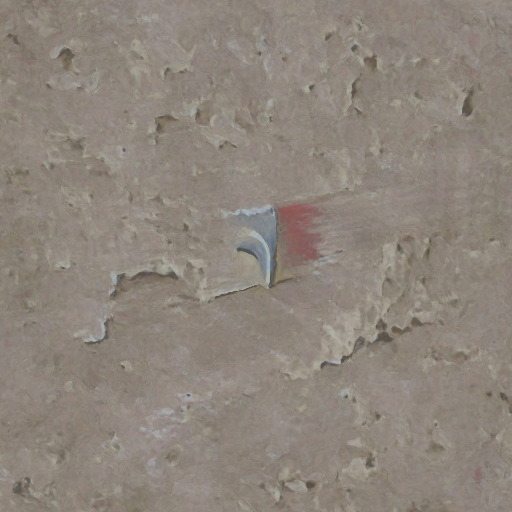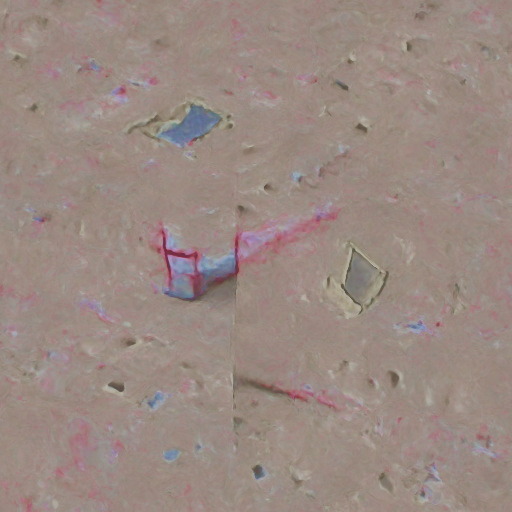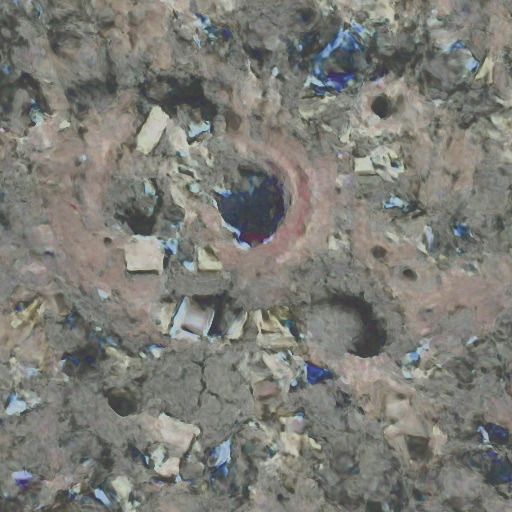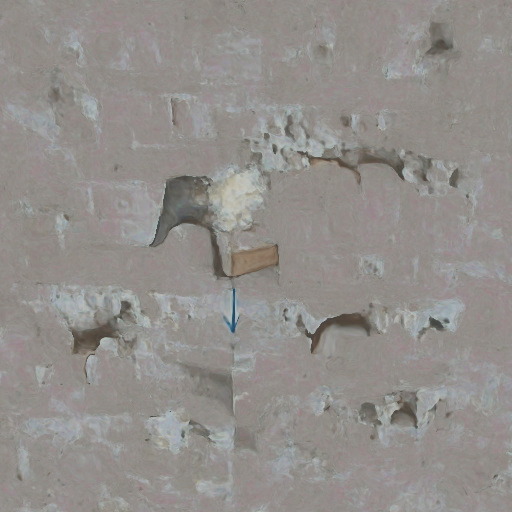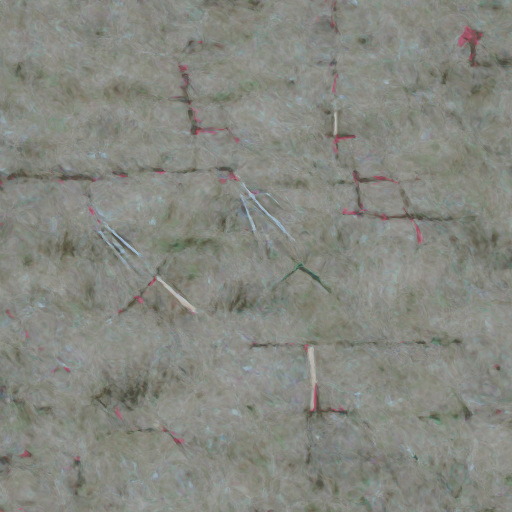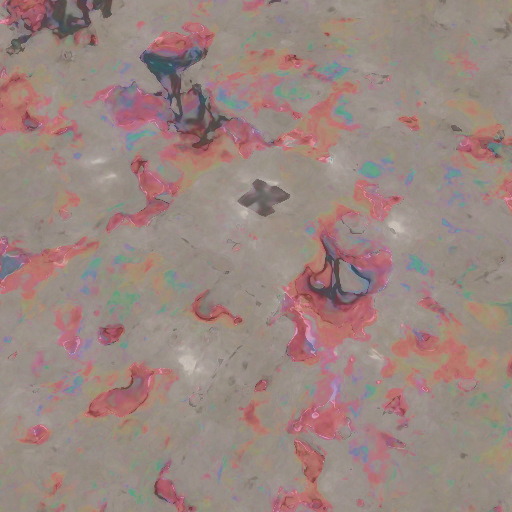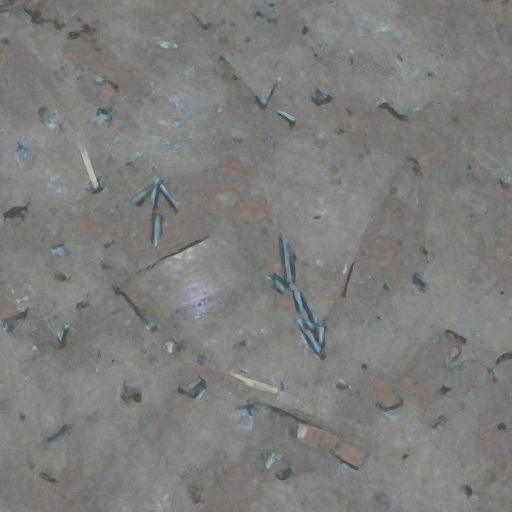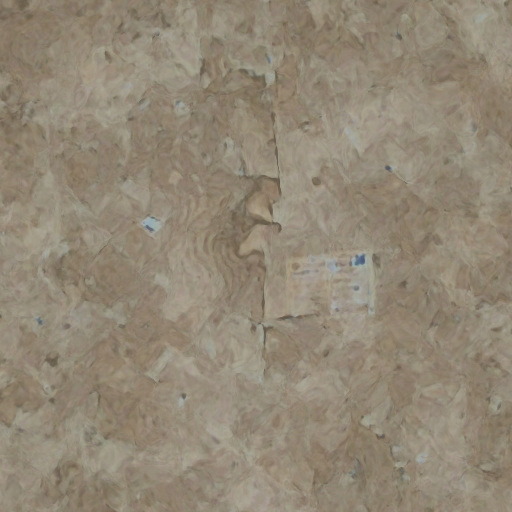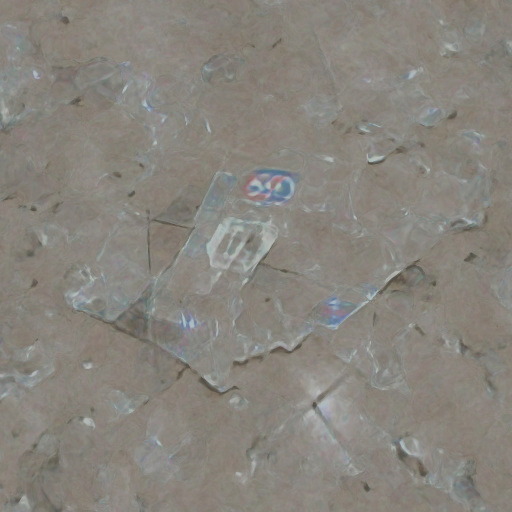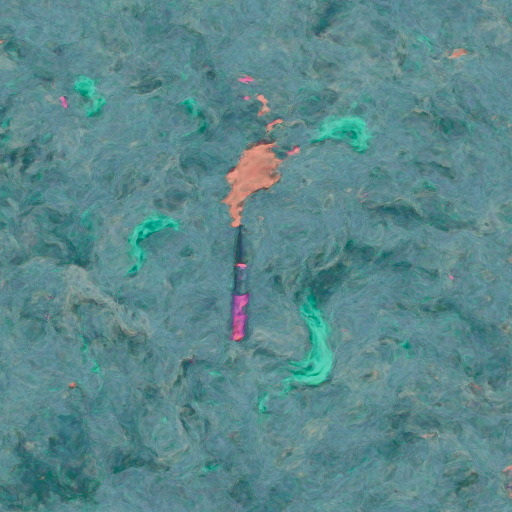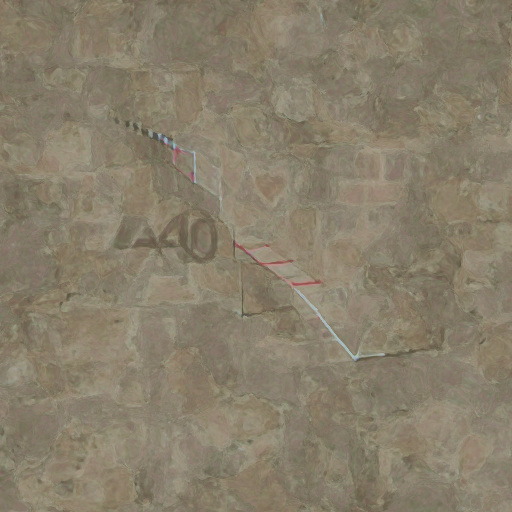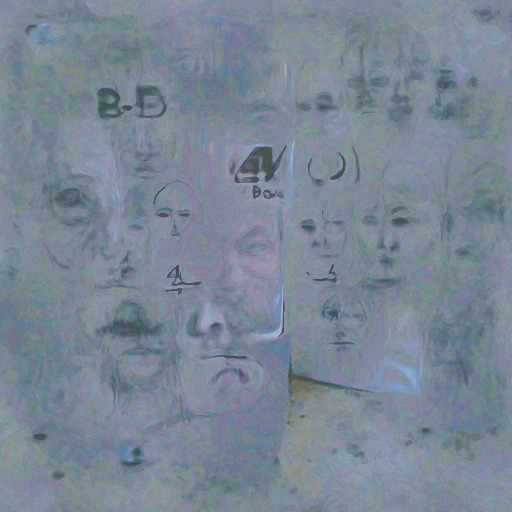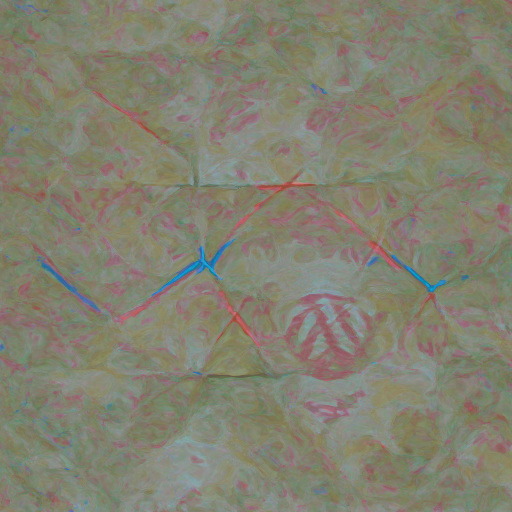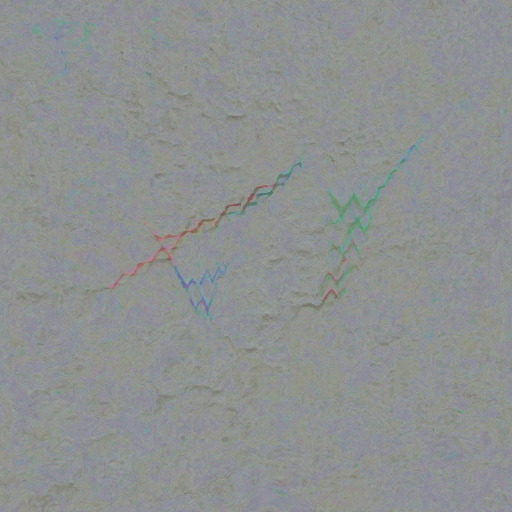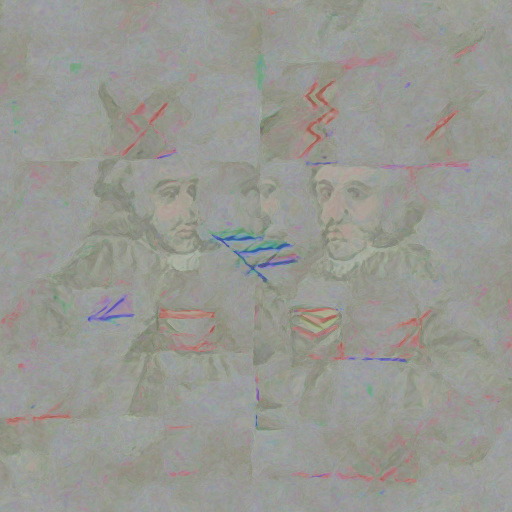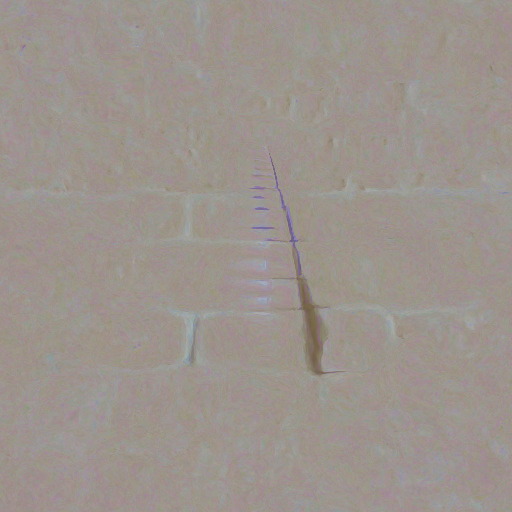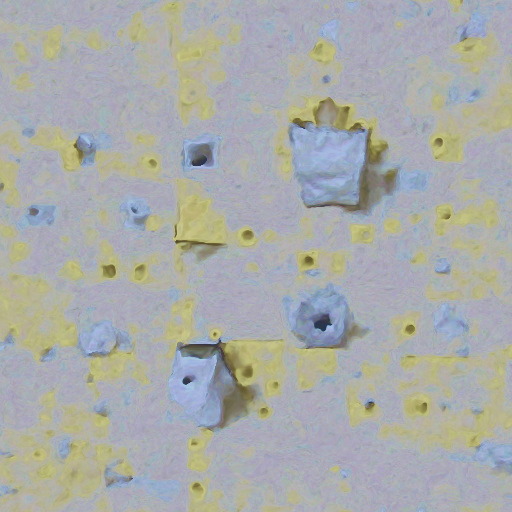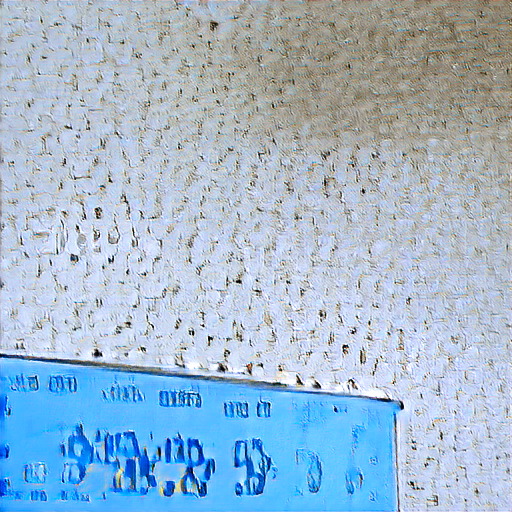Early in 2021, OpenAI released a new model architecture called CLIP, which essentially scores how well a caption fits a particular image. The AI artist Ryan Murdock has spent the last few months developing techniques that pair CLIP with models like BigGAN, SIREN, and more recently the Taming Transformers VQGANs.
Murdock has released some open-source Colab notebooks implementing these techniques, and has also released more recent notebooks through his Patreon. In this post, I’m using two of his open-source projects, DeepDaze and TheBigSleep, to generate images based on textual works by mid-century conceptual artists.
Origins of Conceptual Art
Early explorations of conceptual art engaged with the idea that a piece of art need not be defined in a physical work. Artists like Lawrence Weiner, Yoko Ono, and Sol LeWitt produced various specifications of art works rather than physical pieces.
Lawrence Weiner
For Weiner, the conceptual art work subverted the art market by questioning the notion of property as it pertains to art. He believed a piece need not be created by an artist, or created at all, and that faithful replicas were valid realizations of his works. He is credited with saying:
Once you know about a work of mine, you own it. There’s no way I can climb inside somebody’s head and remove it.
Lawrence Weiner
Weiner’s 1967 art book Statements is a landmark work in the conceptual art movement. It consists of twelve “Statements” and twelve “Specific Statements”, each describing some physical construction. The materials in these statements are standardized and industrial. With some exceptions, anyone could obtain the materials and enact the physical art work.
Shown below are some neural realizations of Weiner’s Statements. The text beneath each image was used as an input to Murdock’s THE BIG SLEEP model. Hover over each thumbnail to expand.
_
_
Next, another series based on the same prompts as above, but using Murdock’s DEEP-DAZE model. This model still judges the image/text fit witih CLIP, but uses SIREN to guide image generation instead of BigGAN. SIREN uses a periodic activation function, which causes it to repeat similar and visually relevant features throughout the image. Note the multiple “holes” under “A removal of the lathing or support wall of plaster or wall board from a wall”.
_
Sol LeWitt
LeWitt is most known for a series of “Wall Drawings”, for which he wrote instructions and enlisted others to create physical realizations. These were rendered directly on gallery and museum walls. For LeWitt, the physical act of production followed almost trivially from the the act of ideation. His works were fundamentally his, even if someone else drew them at his instructions. As he puts it:
When an artist uses a conceptual
form of art, it means that all of the planning and decisions are made beforehand and the
execution is a perfunctory affair.
The idea becomes a machine that makes the art.
Sol Lewitt, 1967.
_
Below, a series based on instructions for some of Lewitt’s Wall Drawings. Here I am using DEEP-DAZE once again. I have found this model to produce more illustrative works, and the periodic activation function seemed suited for his visual repetition.
_
Weiner’s and Lewitt’s textual works have different intentions. Where Lewitt’s texts issue instructions for an art worker to create an image. Weiner’s are purely declarative; To describe something as a statement is to submit it as fact. Where Lewitt describes an image, Weiner describes an object.
It seems that Weiner’s Statements are better suited than Lewitts Wall Drawings for these text-to-image techniques. This makes sense considering the content of the texts. The materials listed in Statements are pervasive and visually distinctive. The patterns Lewitt lists are sometimes specific, but abstract nonetheless.
Each artist’s work, viewed through the lens of THE BIG SLEEP and DEEP-DAZE, made me think a lot about intellectual property and about fair use. But more on that in another post.
